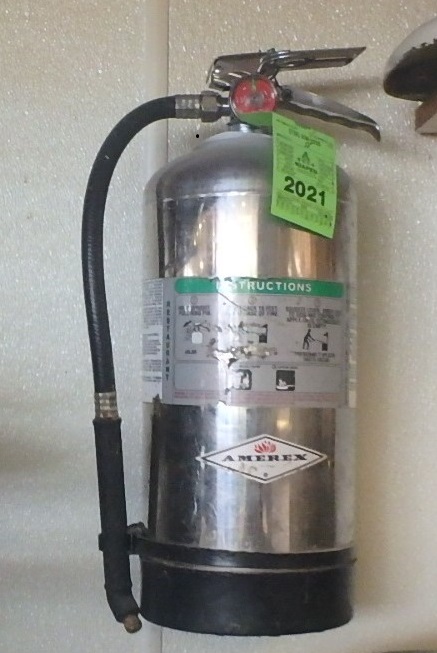 Why are wet chemical fire extinguishers required in commercial cooking operations?
Why are wet chemical fire extinguishers required in commercial cooking operations?
September 15, 2021
by Nils Deacon, Manager, Inspections and Rating Services
NFPA 96 and NFPA 10, Standard for Portable Fire Extinguishers, require wet chemical fire extinguishers in commercial cooking installations. The wet chemical extinguishing agent is most effective in extinguishing the types of fires that occur in these kitchens. However, they are considered to be the second line of defense against these fires.
The first line of defense is the automatic extinguishing system protecting the cooking surfaces, hood, and duct. In the event of a cooking grease fire, wet chemical agent will be released. It extinguishes the fire and cools the cooking surface to prevent flare up. This is a saponification effect. A wet chemical fire extinguisher will support this and leave the agent intact.
If another type of extinguisher is used, most commonly a dry chemical, it can blow the wet chemical agent off the surface and the fire could reignite.
Wet chemical units should be located within 30’ of the cooking installation.
DISCLAIMER: This information reflects the interpretation of MSO, Inc. with regard to NFPA Standards and Codes. It does not represent NFPA’s official position on the items discussed.

